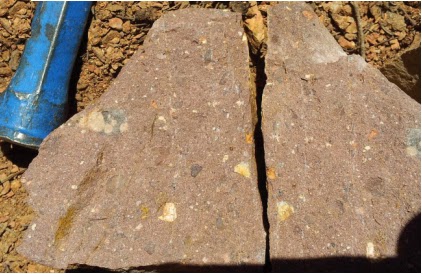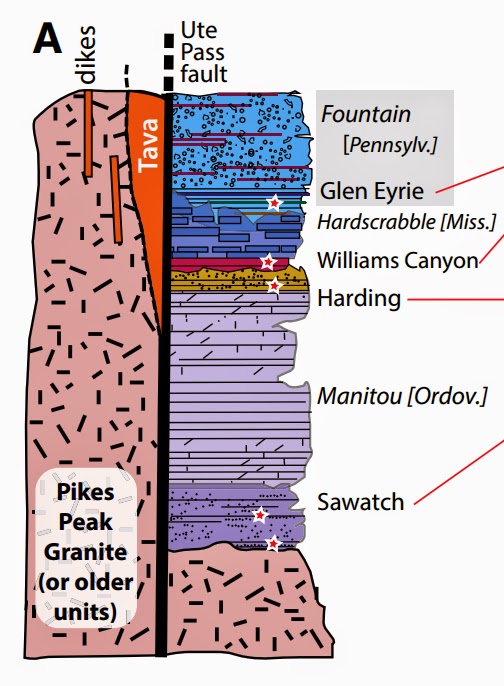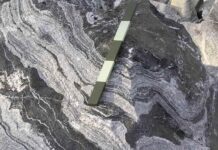
Boulder, Colo., USA – An astonishing new rock formation has been revealed in the Colorado Rockies, and it exists in a deeply perplexing relationship with older rocks. Named the Tava sandstone, this sedimentary rock forms intrusions within the ancient granites and gneisses that form the backbone of the Colorado Front Range. The relationship is fascinating because it is backward: ordinarily, it is igneous rocks such as granite that would that intrude into sedimentary rocks

According to authors Christine Smith Siddoway and George E. Gehrels, to find sandstone injected into granite is utterly uncommon — the extensive system that is found in Colorado may be unique in the world. There is evidence that the process of formation involved very large earthquakes, or possibly another type of catastrophic event, causing liquefaction of sediment, what they call “‘natural fracking’ in a certain sense!” Equally astonishing is the time of formation of the Tava sandstone, determined from detrital zircon analysis: the Tava proves to be from a time period ~750 million years ago, which was not known to be represented in the Colorado Rockies: the Cryogenian Period.
FEATURED ARTICLE
Basement-hosted sandstone injectites of Colorado: A vestige of the Neoproterozoic revealed through detrital zircon provenance analysis
Christine Smith Siddoway, Dept. of Geology, The Colorado College, Colorado Springs, Colorado 80903, USA; and George E. Gehrels Dept. of Geosciences, University of Arizona, Tucson, Arizona 85712, USA. Published online ahead of print on 22 Aug. 2014; http://dx.doi.org/10.1130/L390.1
Note : The above story is based on materials provided by The Geological Society of America, Inc.









